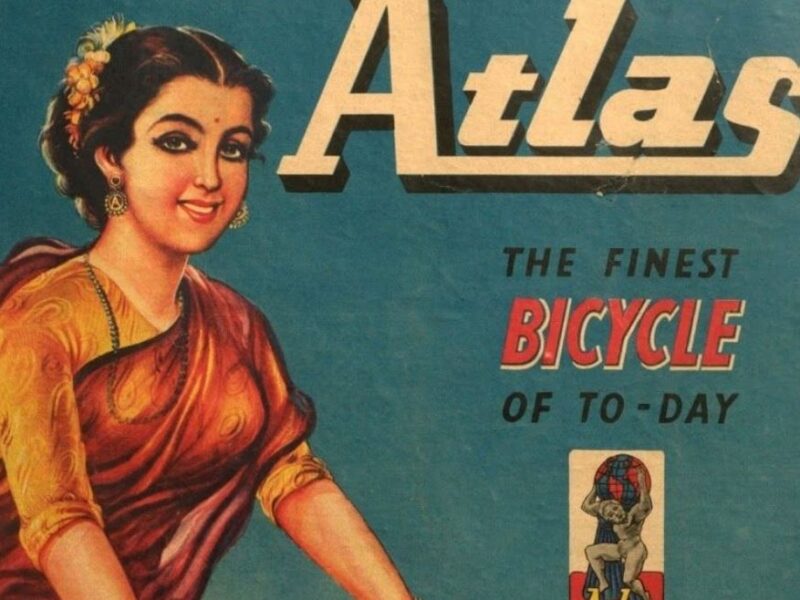Don’t Get Personal!
“Even though you are marketing to your entire audience or customer base, you are still simply speaking to a single human at any given time” (Ann Handley).
As we live in a world of information overload with millions of resources available at the click of a button, the consumer has become the marketing world’s focus even more than the product or service. Countless brands to choose from, never-ending marketing emails and advertisements about products and services, and it goes on.
Have you ever been bombarded with personalized emails offering a discount for a spa, or have you gone to a clothing website, added dresses, not purchased it, and received an email with your abandoned cart? There it is, a “personalized” marketing move.
There is a lot of talk about personalization these days in the market; it’s a trending buzz word – Personalised Marketing!
According to recent Epsilon Group findings, 80% of consumers are more likely to purchase when the brand offers a personalized experience. If you want to cut through the fat and emerge as a brand that your buyer wants to engage with, tailoring your marketing strategy to resonate with an individual or group is the way to go. Generic marketing does not always work anymore.

Personalization today:
Personalization needs to and has gone beyond basic tactics like addressing the customer’s first name in an email. It’s the overall user experience. And, just as a consumer’s interest in the noise decreases, the need for individualized and meaningful experiences has increased.
User Data Analytics:
(How the big guys do it)
Think about the recommendation engines of Amazon and Netflix. They always know almost accurately what you want to buy or watch. These data-driven engines have revolutionized the customer experience on an individual level. With so much competition, the closer you can personalize a unique experience for a customer, the more it boosts the odds of sales and brand loyalty.
Brands like Myntra and Zara are using their on-site search facility to find out precisely what the customer is looking for by using algorithms to surface the most relevant items for each person based on the brands, categories, sizes, price ranges, etc. Zara website also prompts users to enter details like height, body shape, weight so its algorithm can make personalized size recommendations throughout the experience. Style Cracker turns the online shopping experience on its head by treating every customer as an individual. They aren’t merely selling clothes; they are selling personalized style recommendations – entire wardrobes curated for each customer, based on their personal preferences, sizes, and feedback.
The common perception is that marketing personalization revolves around many user data analytics, but brands can create and deliver personalized experiences through various other strategies.
Customized products:
Customized products have turned into a vast online business. While some brands work entirely on the customization model, some have added it as an additional feature to enhance user experience. That’s why monogrammed apparel, luxury handbags, watches, and everything under the sun is a crucial retail trend and here to stay. It gives one a sense of something intimate, tailor-made just for them.
Indian brands killing the customization game:
Start-Ups like FreeWill offer their clients a detailed online analysis of their hair based on their hair biology, lifestyle, environments, goals, and then customize and formulate shampoos and conditioners based on their requirements.
A vitamin company called Supp Nutrition understands the demand and need for personalization and sends customers a portable box of daily vitamin packs customized according to the client’s personal needs. They are asked a series of questions about their lifestyle conditions and are recommended essential daily vitamin supplements.
Personalized efforts:
For companies that don’t use personalized strategies with user analytics or product customization for any reason, this one is a winner. Personalized actions refer to anything that lets the user know that you are paying attention to their needs and makes them feel special. This could even be a small thank you note showing you are grateful to have them as your customer or a follow up/feedback email to check if they are happy with their purchase. Personalized efforts are one of the easiest ways to retain customers and create customer loyalty.




